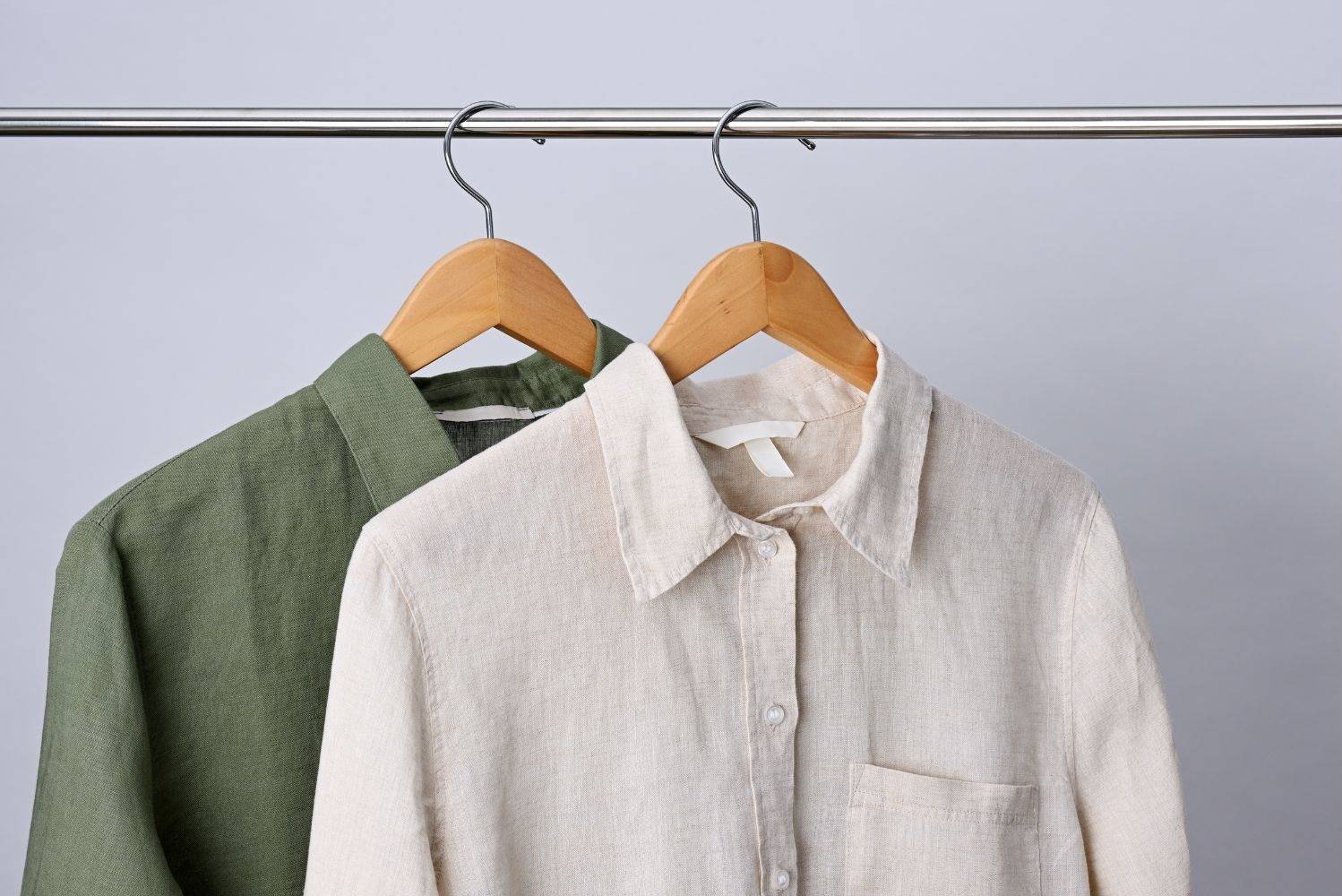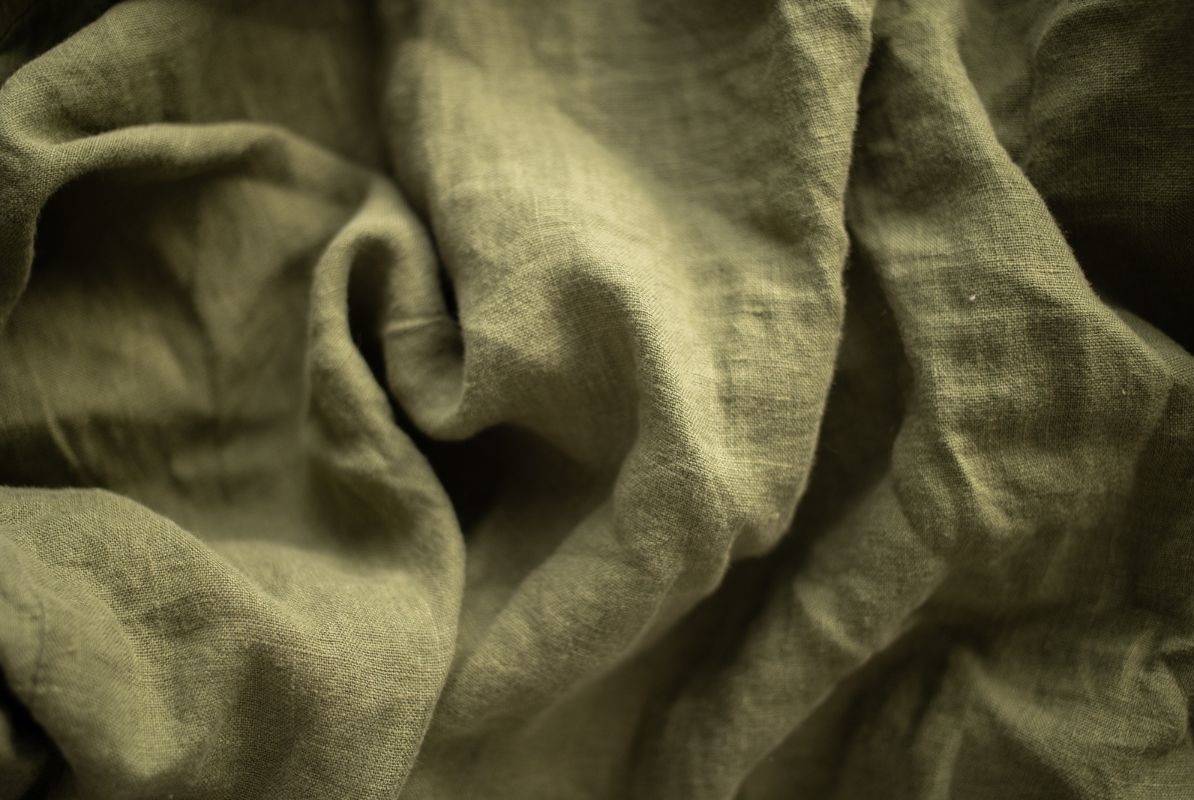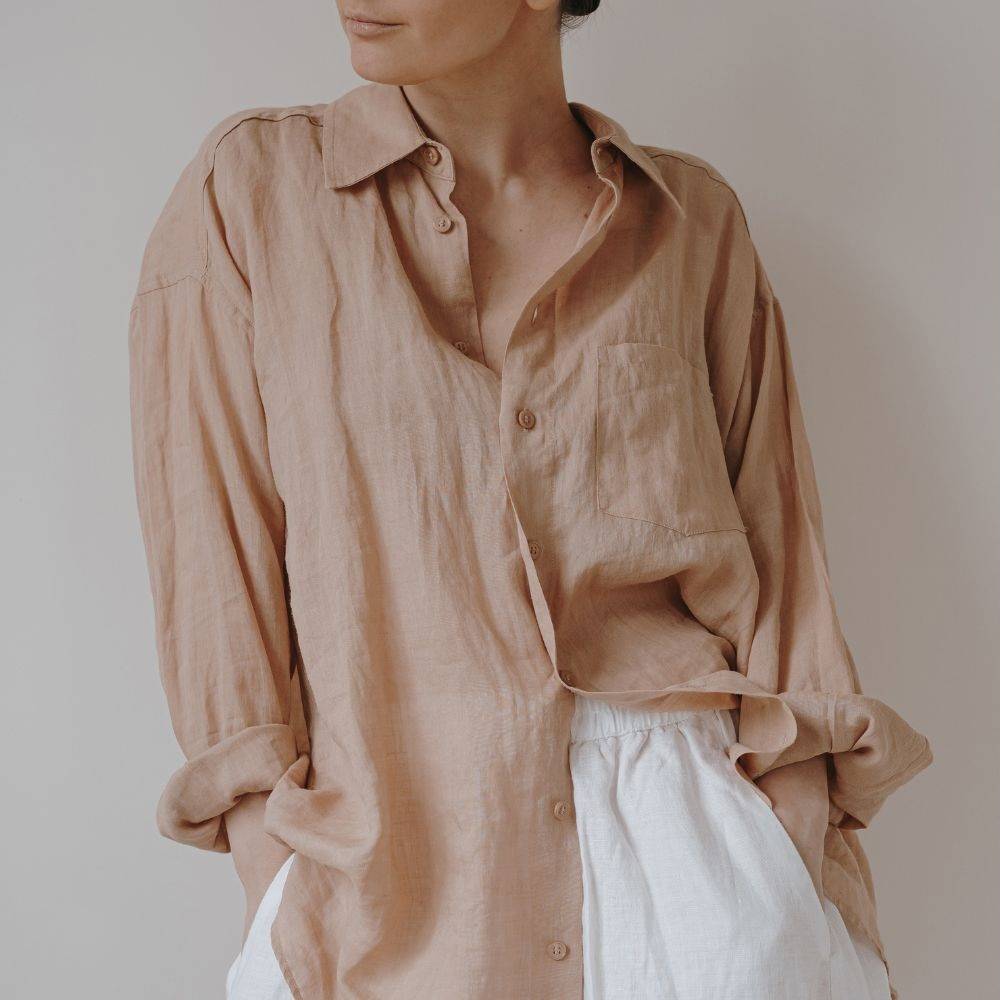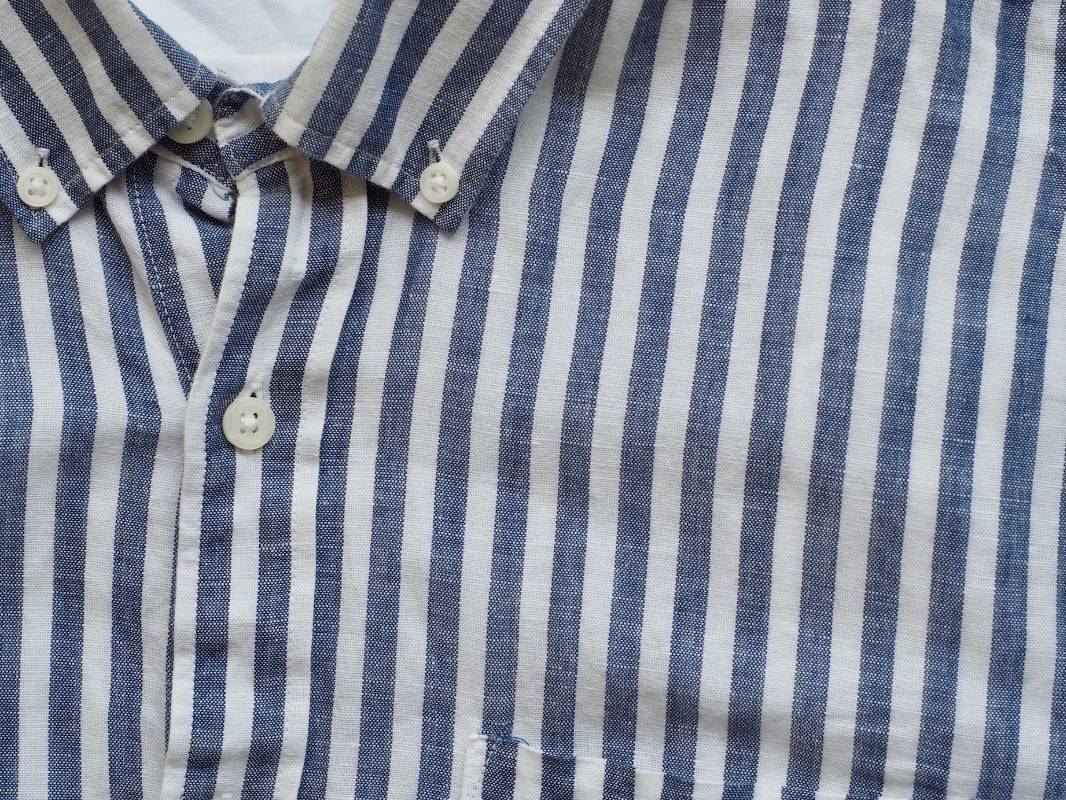Linen Clothing Explained: Benefits, Downsides and a Smarter Natural Alternative
A complete guide to the comfort, health, and sustainability benefits of wearing linen, plus when to consider hemp as an alternative.

Innovation & Quality
Developing and supplying premium-quality, sustainably grown, consumer products
100% Natural
Organically Grown and Ethically Sourced
hemp and other natural fiber products
Shipping
We offer fast shipping
Your order out within 1-3 days
Wholesale
Visit our wholesale portal to register or login to your account
Table of Contents:
What Is Linen and How Is It Made?
Breathability and Temperature Control
Hypoallergenic and Moisture-Wicking Properties
How Linen Compares to Other Common Fabrics
Eco-Friendly Production and Biodegradability
How Linen Supports Skin Comfort and Well-Being
Style and Fashion Advantages of Linen
Hemp Clothing: A Natural Alternative to Linen
What Are the Downsides of Wearing Linen?
Common Misconceptions About Linen
Learn More in the Hemptique Knowledge Base
What Is Linen and How Is It Made?


Breathability and Temperature Control
Hypoallergenic and Moisture-Wicking Properties
Why Linen Lasts So Long
How Linen Compares to Other Common Fabrics
| Fabric | Breathability | Moisture-Wicking | Durability | Wrinkle Resistance | Environmental Impact | Compostable |
|---|---|---|---|---|---|---|
| Linen | Excellent | High | Very High | Low | Low water use, minimal chemicals | Yes |
| Cotton | Moderate | Moderate | Moderate | Moderate | High water use, pesticide intensive | Yes (untreated) |
| Polyester | Poor | Low | High | High | Made from fossil fuels | No |
| Bamboo Rayon | High | High | Moderate | High | Often chemically processed | No / Varies |
| Hemp | Excellent | High | Very High | Moderate | Low input crop, soil-restorative | Yes |
Eco-Friendly Production and Biodegradability

Why Is Linen So Expensive?

How Linen Supports Skin Comfort and Well-Being
Style and Fashion Advantages of Linen
Hemp Clothing: A Natural Alternative to Linen
What Are the Downsides of Wearing Linen?
Wrinkling
Lack of Stretch
Higher Upfront Cost
Seasonal Misconception
Care Requirements


